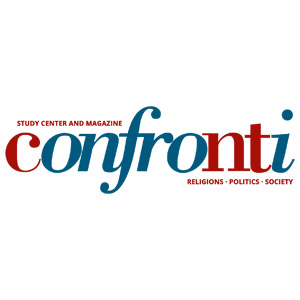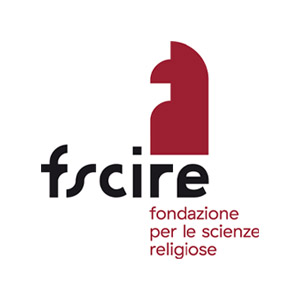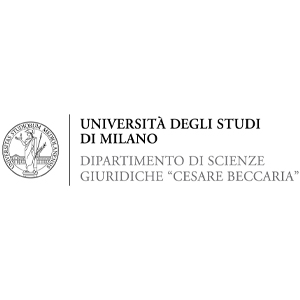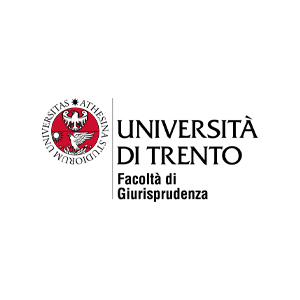Italy
RELIGIOUS MINORITIES IN ITALY
Finally, the third group includes the religious organizations that have successfully established an agreement with the Italian state. This group includes all the other minorities considered in this research. Their members enjoy the widest range of rights, including the right to abstain from work on their religious holidays and the right to deduct the donations made to their community from the taxes they pay.
Philosophical and non-denominational organizations are not considered to be religious minorities and therefore are regulated through the rules governing civil law associations.
In Italy there is no law on religious freedom and the law on religious minorities (the so-called law on "admitted cults") dates back to 1929. For this reason, the legal status of the first and second group of religious minorities is weak; on the other hand, the minorities that have succeeded in establishing an agreement with the state enjoy a legal position that in some ways can be approached to that of the majority religious organization, the Catholic Church.
The position of Muslim communities is today at the center of the debate on religious minorities in Italy. These communities, despite having a significant number of members, have not been able to obtain an agreement with the state, and experience significant difficulties in opening houses of worship.
Silvio Ferrari
RESOURCES

Data and information concerning religious demography are provided by Todd M. Johnson and Brian J. Grim, eds., World Religion Database (Leiden/Boston: Brill, accessed August 2021).
General information on minority issues (including some references to religious or belief ones) can be found at the page devoted to Italy in Minority Rights Group International, World Directory of Minorities and Indigenous Peoples https://minorityrights.org/country/italy/.
Legislative acts on the legal status of the main religious organizations are available (in Italian) on the Ministry of the Interior’s official webpage, at https://www.interno.gov.it.
A report on the Italian legal system and government policies about freedom of religion (with some references to religious or belief minorities) is provided in U.S. Department of State – Office of International Religious Freedom, 2020 Report on International Religious Freedom: Italy, available at https://www.state.gov.
For an analysis of the State-religion legal system see
M. Ventura, Religion and Law in Italy, Alphen aan den Rijn: Wolters Kluwer, 2013.
An analysis of the way religion and religious diversity are governed in Italy is provided at http://grease.eui.eu and more widely by Tina Magazzini, The Italian case: 'baptised laicità' and a changing demographic, in A. Triandafyllidou, & T. Magazzini (Eds.), Routledge Handbook on the Governance of Religious Diversity, Abingdon: Routledge, 2020.
See also
Presidenza del Consiglio dei Ministri – Ufficio del Segretario generale (Ufficio Studi e Rapporti Istituzionali), L’esercizio della libertà religiosa in Italia, Roma: Presidenza del Consiglio dei Ministri – Dipartimento per l’informazione e l’editoria, 2013 (available, in Italian, at http://presidenza.governo.it.
The legal and social condition of religious minorities in Italy is discussed by R. Mazzola, The Legal Status of Old and New Religious Minorities in the EU - Italian Situation, Granada: Comares, 2021, available at https://www.churchstate.eu.


 MENU
MENU CLOSE
CLOSE









